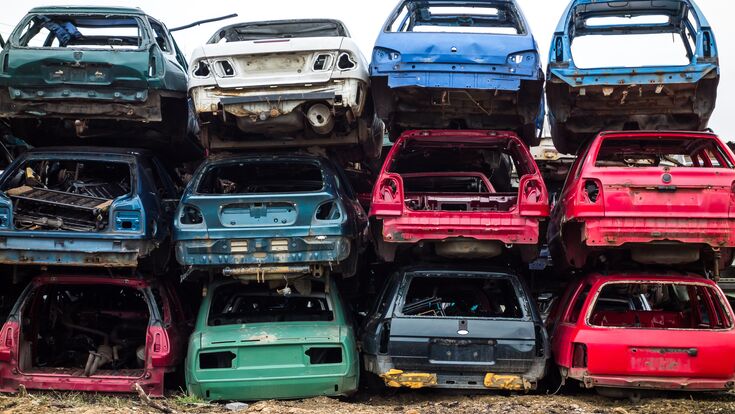Car Recycling : Redefining the future of vehicles: How the expanding ELV Regulation will reshape the auto industry

The automotive industry is on the cusp of a sweeping transformation, with the European End-of-Life Vehicle (ELV) Regulation set to extend its reach and redefine the lifecycle of vehicles as we know them. This shift will affect not just passenger cars but also commercial trucks, heavy-duty vehicles, and motorcycles, ushering in a new era of responsibility and innovation for manufacturers, policymakers, and recyclers alike.
As the International Automotive Recycling Congress (IARC) gears up for its 24th edition, the event is poised to tackle the industry's most pressing challenges and opportunities. At the heart of these discussions lies the evolving ELV Regulation—a framework that is no longer just about disposal but about shaping how vehicles are designed, built, and dismantled.
Why this is important
The ELV Regulation represents more than a legislative update; it is a bold step toward sustainable practices in the automotive world. For businesses, the stakes are high. Adapting to these rules is not optional—it’s an imperative.
This regulation will require a systemic overhaul, touching every aspect of vehicle production and recycling:
- Global Compliance: Vehicles designed outside Europe but manufactured within its borders will need to meet stringent regulatory standards, ensuring that cars, motorcycles, and trucks align with Europe’s ambitious sustainability goals no matter where they’re sold.
- Circular Design: A new benchmark demands that at least 25% of the plastics in vehicles come from recycled materials, with a quarter of that derived from end-of-life vehicles themselves.
- Digitalized Tracking: Enter the "Vehicle Passport"—a groundbreaking initiative that assigns each vehicle a digital record containing cradle-to-grave data about its materials, components, and recyclability. This transparency promises to revolutionize the industry’s approach to accountability and circularity.
- Cost Accountability Across Borders: A harmonized electronic system will now monitor and allocate costs when vehicles reach the end of their lifecycle outside their country of origin.
- Export Oversight: The MOVE-HUB system will provide a robust framework for managing the distinction between second-hand vehicles and end-of-life vehicles, streamlining exports and preventing regulatory loopholes.
A call to action for manufacturers
For Original Equipment Manufacturers (OEMs), these changes are nothing short of transformative. The regulation places OEMs at the center of the transition, holding them accountable for incorporating sustainability into the DNA of vehicle production. From material sourcing to end-of-life disposal, the pressure to innovate has never been greater.
Failure to adapt could mean steep financial penalties, disrupted supply chains, and reputational risks. Conversely, embracing the ELV Regulation offers a chance to lead the industry into a new age of decarbonization and circularity.
Why IARC 2025 matters
IARC 2025 will bring together stakeholders from across the automotive circular economy to discuss the evolving challenges and opportunities created by the expanding ELV Regulation. This gathering provides a critical forum to explore how the industry can adapt to new sustainability standards and shape a future where vehicles are designed with both performance and environmental impact in mind.
As the regulation remains under development, it is a crucial moment for industry leaders to engage in dialogue, share insights, and contribute to the framework’s evolution. The discussions at IARC will address not only compliance but also the broader implications for innovation, material reuse, and global market dynamics.
The coming changes signal a decisive shift in the automotive industry’s approach to sustainability, underscoring the importance of collective effort to navigate the transition toward circular mobility.
